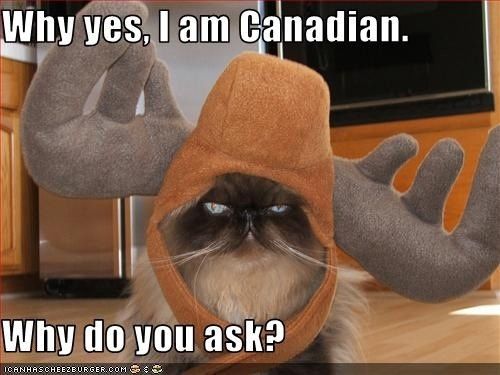Uncle Hud posted: <snipped> I have my own method, based on a strategy Ignacio reveals elsewhere on this site -- or maybe his blog .....
.... and, after much searching,
here it is.
Notes:
1) The BMR issues pre-packaged GPX files of the bonus locations (or close by), so you really start picking up "the Jim Owen method" at step 3. I usually manipulate and trim the GPX or CSV files to bonus locations within my riding range (Virginia - Kentucky - Mississippi - Gulf - Atlantic) before loading them into Google Maps.
2) Each category of bonus is a separate layer on Google Maps, and has a distinct color/shape. This becomes important as you start to plan a route and need to place an emphasis on the high-point locations.
3) This year, the BMR has time-limited bonus locations, too, so I'll probably revert to Mr Owens' fomatting: colors for point value, shapes for time-limited bonii.
4) Until now, I'd look at the map and select a collection of high-value locations that are geographically close. Using Google's routing algorithm, I'll slowly add new high-value locations. If a low-value location ends up within a few miles of the high-value route, it gets added.
5) Now comes the artsy-touchy-feely part of route planning: How close is close enough? It's an art, people, and you need to understand that stopping for the photo will cost you at least 10 minutes. Add those 10 minutes to the extra travel time, and you begin to see that it isn't worth 40 minutes and a gallon of gas to bag a 0.76 point bonus.
6) This year, I'll load the routes into my Garmin and go. In the past, I built a small spreadsheet with Lat, Lon, Bonus and Code, miles/minutes from last location, and ETA to this location. The last elements are for QC control. If it looks weird, check the Lat/Lon in the paper Bonus Listing carried in the topbox. If I'm running behind schedule, it allows to to decide which locations to drop.
7) This year, I'll probably still use a printed spreadsheet to keep the time windows posted on my FJR dashboard. For example, it may be possible to bag the NC and AL Bubbler Center bonii if you boogie directly from one to the other. If I get significantly off schedule, it would be nice to realize that before riding an extra 2 hours and arriving too late.




